Dans les pics et les vallées sculptés par les glaciers de la région sauvage du nord-ouest du Montana, le parc national des Glaciers témoigne de la grandeur de la nature et fait honneur à son titre : La couronne du continent. Avec ses glaciers en fusion, ses prairies alpines et ses lacs immaculés, le parc national des Glaciers offre une expérience inégalée aux amateurs de nature et d’aventure. Ses plus de 700 miles de sentiers permettent aux visiteurs de découvrir la terre natale d’une grande variété d’animaux sauvages, notamment le grizzli, l’ours noir, l’élan, le lion de montagne, le mouflon, l’élan, le cerf mulet, le cerf de Virginie, le carcajou, le lynx, le coyote et le loup. Mais si la randonnée n’est pas votre tasse de thé, ne vous inquiétez pas ! Il y a encore beaucoup d’aventures à vivre depuis la route. Des panoramas de la célèbre route Going-to-the-Sun à l’exploration de la riche histoire humaine de la région, vous trouverez certainement quelque chose pour vous et votre famille dans les Rocheuses du parc national de Glacier.
Faits marquants
Laissez-passer pour l’entrée des glaciers :
- Pendant les mois d’été, un laissez-passer de 7 jours pour les véhicules privés non commerciaux coûte 35 dollars par véhicule et des laissez-passer pour les motos sont disponibles au prix de 30 dollars. Hors saison, les tarifs des cartes d’entrée sont généralement moins élevés.
- Les visiteurs peuvent également acheter un laissez-passer annuel pour le parc national de Glacier au prix de 70 dollars par véhicule ou un laissez-passer annuel « America the Beautiful » au prix de 80 dollars. Le passeport « America the Beautiful » vous permet d’accéder pendant un an à plus de 2 000 sites de loisirs fédéraux, dont tous les parcs nationaux, les forêts nationales et les monuments nationaux. Pour plus d’informations sur les droits d’entrée à Yosemite, consultez le National Park Service.
Meilleur moment pour visiter :
- La période recommandée pour explorer le parc national des Glaciers est généralement la fin de l’été, de fin juin à septembre. Cette période vous permet de profiter du plus grand nombre possible d’attractions du parc, y compris celles qui seraient fermées en raison des changements climatiques saisonniers au cours des mois les plus froids, comme la route de Going-to-the-Sun. Si vous n’avez pas d’enfants à l’école et que vous pouvez éviter les déplacements pendant les mois d’été, envisagez de planifier votre voyage pendant le mois de septembre afin d’éviter les foules.
- Notez que pendant les mois d’été, le parc national des Glaciers exige désormais que les réservations de billets d’entrée à heure fixe soient effectuées en plus de l’achat d’un billet d’entrée. Du 24 mai au 8 septembre, les réservations de véhicules sont obligatoires pour le côté ouest de Going-to-the-Sun Road et North Fork, de 6 heures à 15 heures. Du 1er juillet au 8 septembre, les réservations de véhicules sont obligatoires pour le glacier Many de 6h à 15h. Pour plus d’informations sur les réservations, consultez le site web du Service des parcs nationaux.
Combien de jours faut-il prévoir ?
- Prévoyez de passer au moins 3 à 5 jours dans le parc pour pouvoir profiter au maximum des paysages à couper le souffle. Vous devez vous assurer que vous avez planifié un itinéraire afin d’utiliser au mieux votre temps. Les visiteurs du parc disent souvent qu’ils pourraient rester deux semaines dans le parc et qu’ils n’en auraient pas assez !
Où séjourner :
- Glacier est un parc très fréquenté, il vous faudra donc faire toutes vos réservations bien à l’avance. Si vous prévoyez de séjourner dans le parc, Glacier National Park Lodges gère le Village Inn Motel, le Lake McDonald Lodge, le Rising Sun Motor Inn, le Swiftcurrent Motor Inn et le Many Glacier Hotel. Vous pouvez vérifier la disponibilité des hôtels et faire vos réservations pour n’importe lequel de leurs sites sur leur site web. Les lodges de la Glacier Park Collection sont gérés par Pursuit. Les réservations pour ces hébergements peuvent être effectuées sur leur site web. De nombreuses possibilités d’hébergement, de restaurants, d’épiceries et d’autres services sont également disponibles à l’extérieur du parc. Bien entendu, nous vous recommandons de réserver un emplacement de camping sur le site Recreation.gov.
Politique concernant les animaux de compagnie :
- Les animaux domestiques sont autorisés dans les zones aménagées du parc. Les terrains de camping de l’avant-pays, les aires de pique-nique, le long des routes lorsque vous vous arrêtez, dans les aires de stationnement et dans votre voiture lorsque vous conduisez sur les routes du parc sont autant d’endroits où les animaux de compagnie sont les bienvenus. Votre animal de compagnie doit être tenu en laisse d’une longueur maximale de 2 mètres et être accompagné en permanence. Pour en savoir plus sur la politique de Glacier à l’égard des animaux de compagnie et sur les endroits où ils sont interdits, consultez le site du National Park Service.
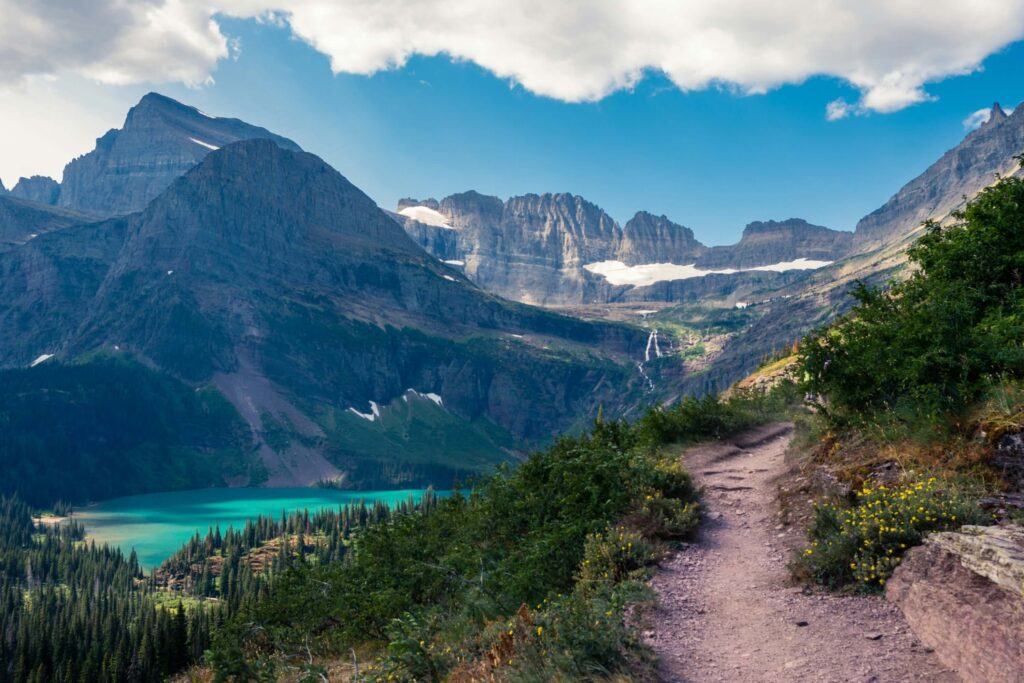
Histoire du parc
Créé en 1910, le parc national du Montana est le dixième parc national des États-Unis. Il s’étend sur 1 583 km² dans le nord-ouest du Montana, au relief accidenté et sculpté par les glaciers. L’histoire humaine de la région remonte à des milliers d’années et la terre fait partie de l’histoire des tribus Blackfeet, Salish, Pend d’Oreille et Kootenai. Au début des années 1800, les premiers colons anglophones ont commencé à arriver dans la région. Ce n’est qu’en 1885 que George Bird Grinnell, alors rédacteur en chef du magazine Forest and Stream, est venu pour la première fois dans la région. Grinnell, qui a joué un rôle essentiel en influençant l’opinion publique et en promouvant la législation visant à faire de la région un parc national, est le premier auteur du surnom désormais emblématique de Glacier, « Crown of the Continent » (couronne du continent).
Choses à faire
Voir un glacier !
Bien que le nombre de glaciers du parc ait diminué, passant d’environ 80 vers 1850 à 26 glaciers nommés en 2015, le parc offre toujours des vues spectaculaires. Le glacier Jackson est l’un des plus faciles à observer et peut être aperçu depuis le point de vue situé à l’est de la route Going-to-the Sun. Le glacier Salamander, nommé ainsi en raison de sa forme amphibie, est visible depuis votre voiture lorsque vous pénétrez dans la région de Many Glacier. Consultez le site Internet du parc national avant de partir pour savoir quels glaciers sont accessibles lors de votre voyage.
Roulez sur la route « Going-to-the-Sun » !
Les 48,7 miles de route panoramique entre Divide Creek à l’est et Apgar Visitor Center à l’ouest serpentent à travers le cœur du parc, offrant des vues à couper le souffle sur les glaciers, les vallées et la faune. Ne manquez pas les vues qui s’offrent à vous tout au long du chemin ! Pensez à regarder la visite vidéo des points d’intérêt du National Park Service avant de partir ou téléchargez des fichiers audio sur le site du parc pour une visite audio pendant que vous conduisez. Vérifiez l’état des routes avant de partir! Les intempéries et la saisonnalité annuelle influent sur les fermetures de routes.
Partez à la rencontre de la faune et de la flore.
Du grizzli à l’élan en passant par le mouflon et le loup, Glacier possède un écosystème florissant composé de certains des mammifères les plus reconnaissables des Rocheuses. Pour une observation optimale, veillez à vous tenir à une distance sûre et respectueuse de la faune. Arrivez tôt dans le parc et prenez votre temps : La plupart des mammifères étant plus actifs le matin, il est préférable de se rendre tôt dans les zones les moins fréquentées du parc, comme la route de Many Glacier, pour avoir le plus de chances de rencontrer des animaux sauvages.
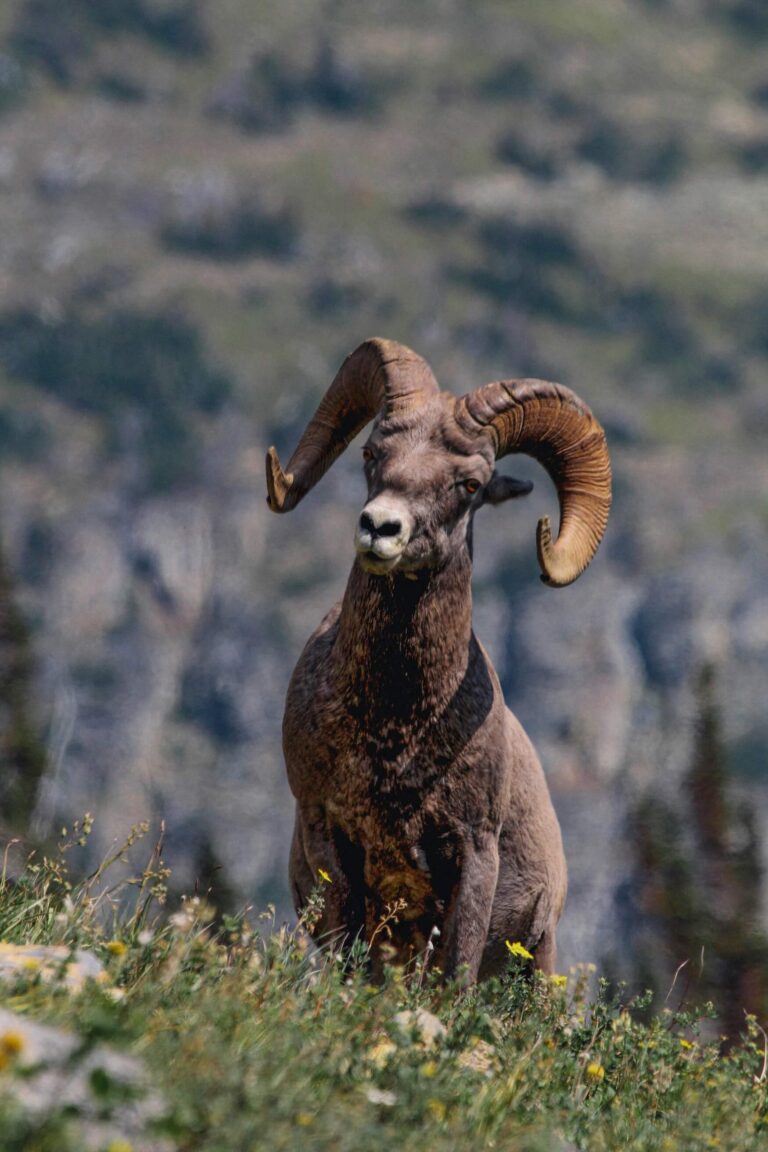
Partez en randonnée !
La randonnée dans le parc national des Glaciers est une expérience impressionnante qui vous laissera des souvenirs impérissables. Le parc dispose de plusieurs sentiers, allant de la petite promenade accessible à la randonnée dans l’arrière-pays. Quel que soit l’endroit où vous randonnez, il est important de préparer votre sac de jour avant de partir. N’oubliez pas d’emporter de l’eau, de la crème solaire et du spray anti-moustiques, des en-cas (n’oubliez pas d’emporter ce que vous emportez), des vêtements de pluie et des couches de vêtements chauds. Il est également conseillé de se munir d’un spray anti-ours et de se familiariser avec son utilisation avant de s’engager sur le sentier.
Meilleures randonnées dans le parc national des Glaciers
- Lac Avalanche (5.9 miles)
- Sentier du glacier Grinnell (10.0 miles)
- Point de vue du lac caché (2.7 miles)
- Lac Iceberg (9.6 miles)
- Mary et Virginia Falls Trail (3,1 miles)
Passez une journée sur l’eau.
Que vous possédiez un bateau ou non, il existe de nombreuses façons de profiter des lacs du parc national des Glaciers. Des excursions en bateau très prisées sont proposées sur les lacs Many Glacier, Two Medicine, Rising Sun et McDonald. Des locations de petits bateaux sont également possibles sur les lacs Apgar, McDonald, Two Medicine et Many Glacier. Si vous prévoyez d’apporter votre propre embarcation, sachez que toutes les embarcations mises à l’eau dans le parc doivent être inspectées pour détecter les espèces aquatiques envahissantes avant de naviguer. Bien qu’il y ait des postes d’inspection dans le parc, il est recommandé, pendant les périodes de pointe, de faire inspecter et sceller son bateau à l’avance dans l’un des postes d’inspection partenaires situés à l’extérieur du parc. Pour plus de détails sur les règlements et les bonnes pratiques en matière de navigation de plaisance, consultez le site Web du parc.
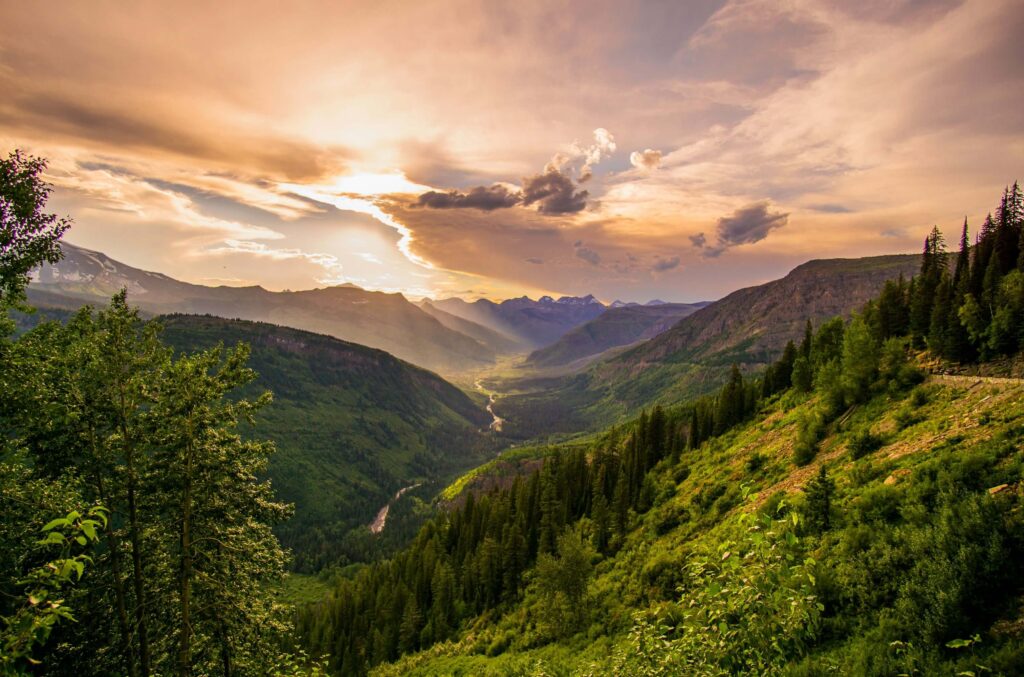

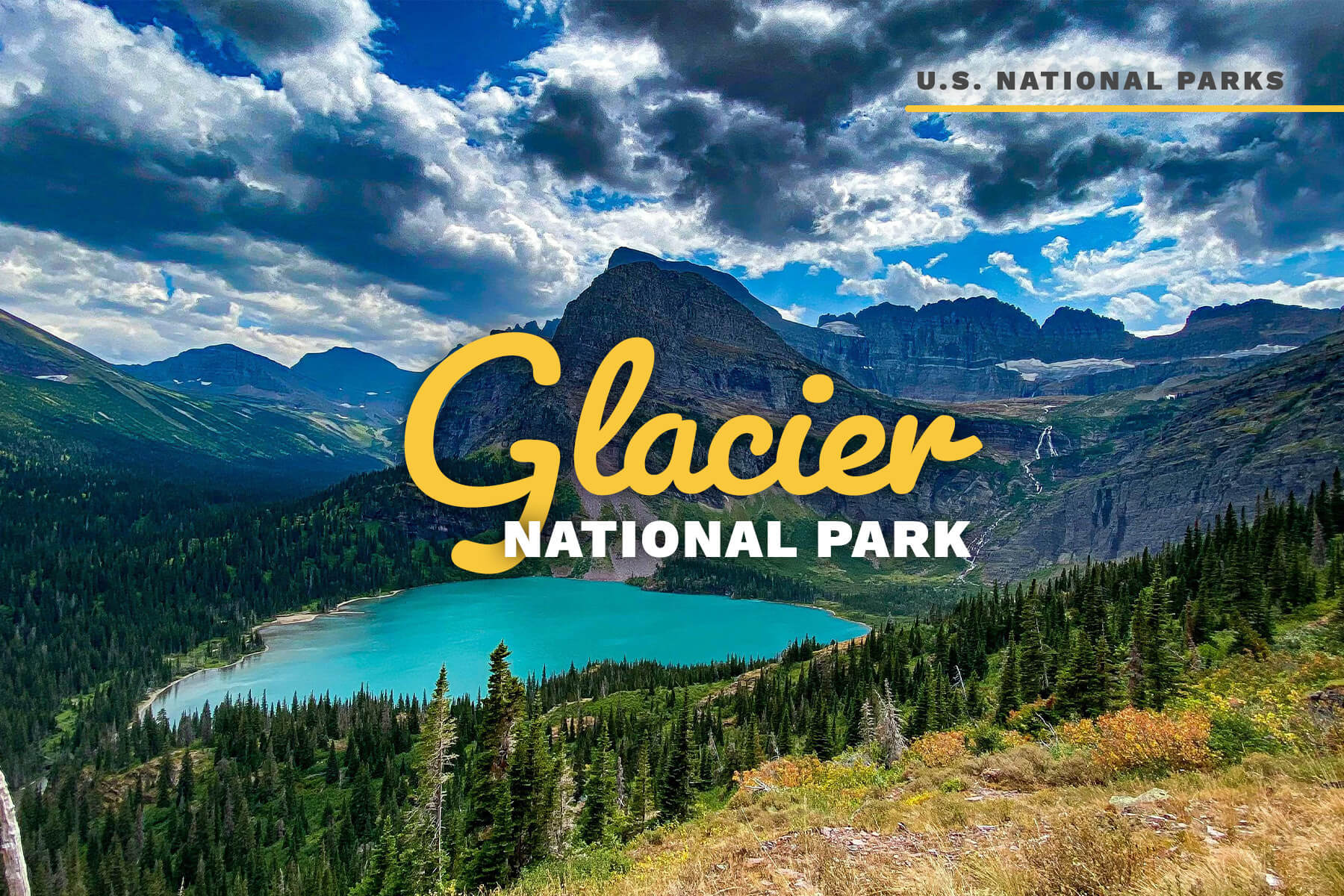

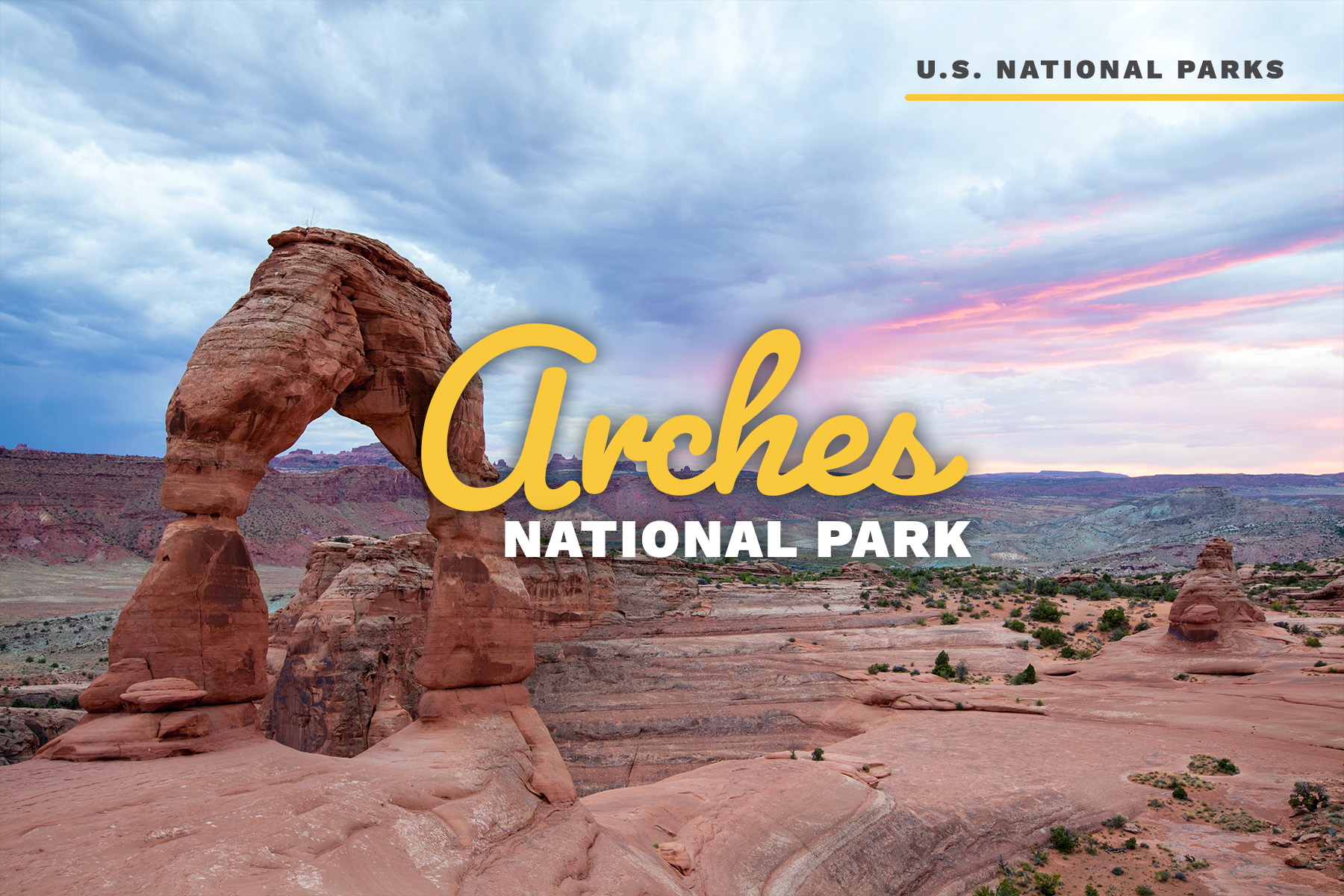
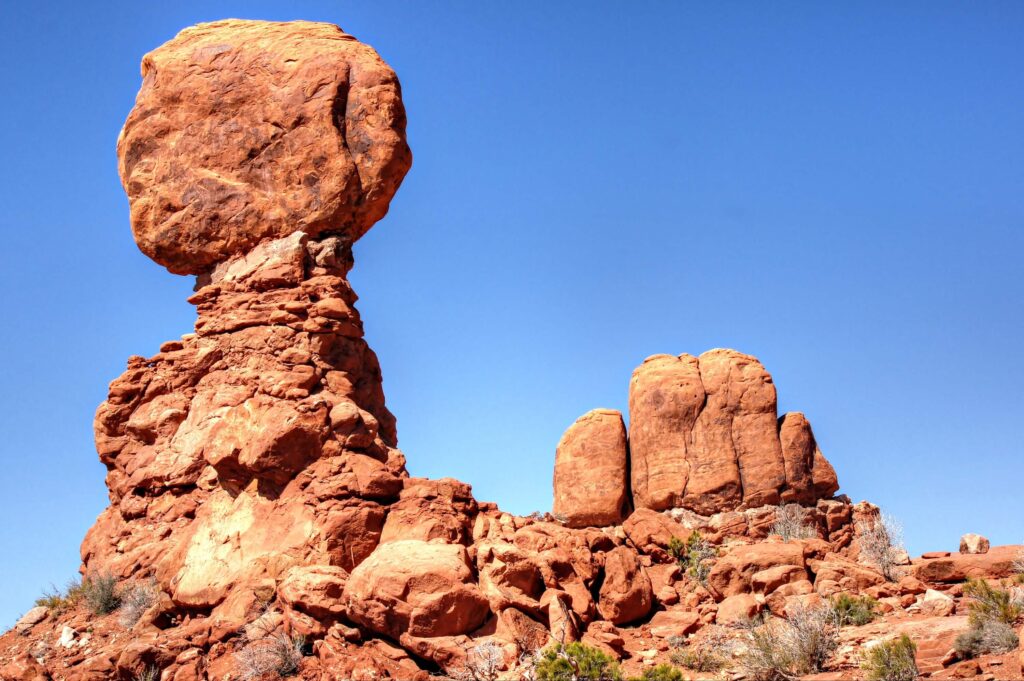
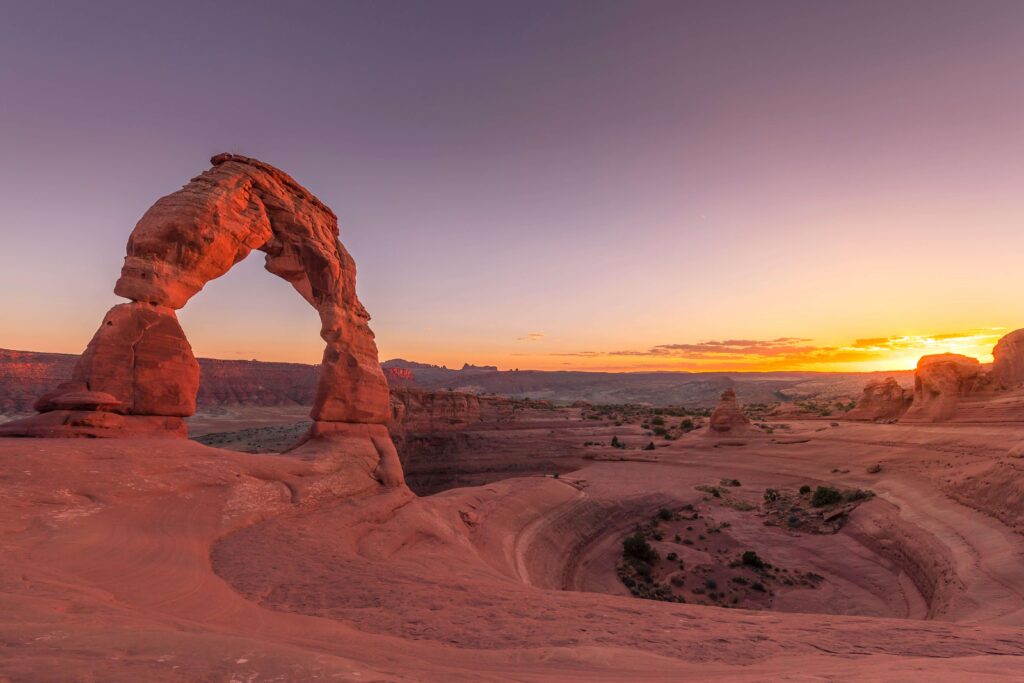
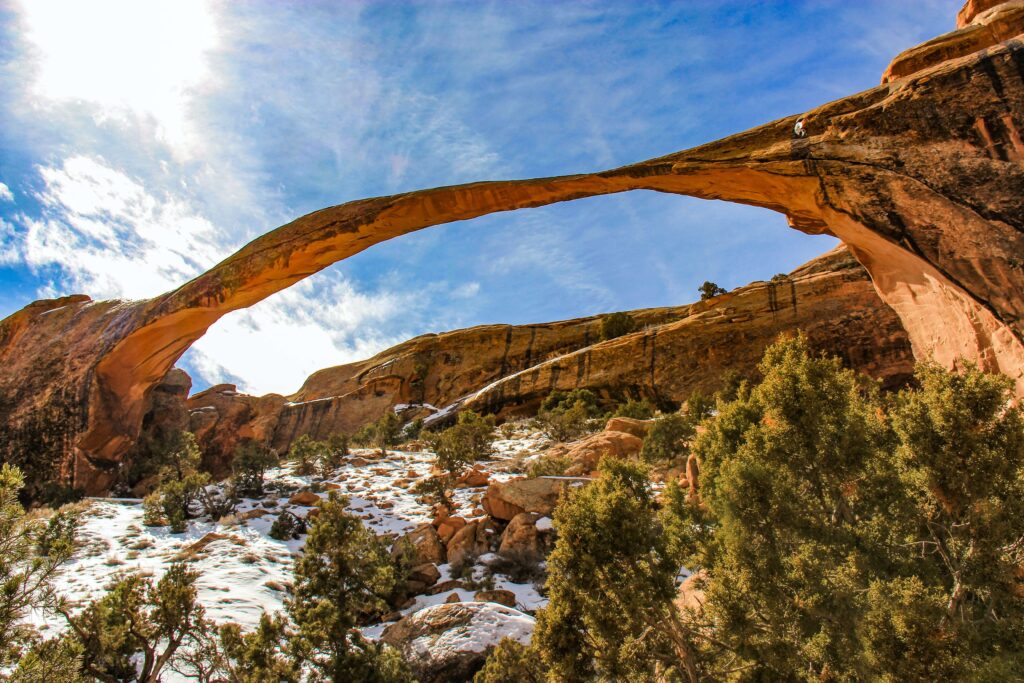
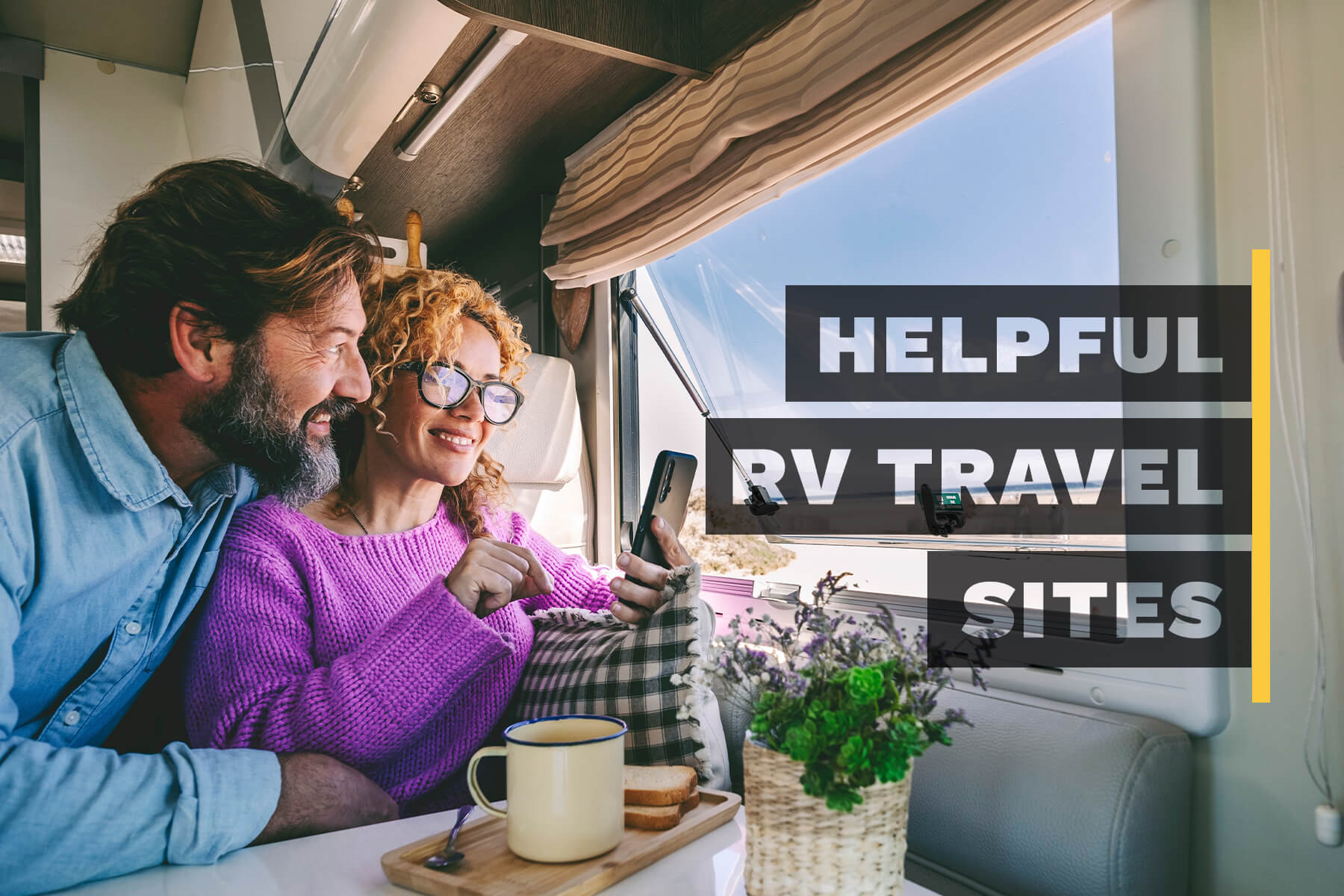
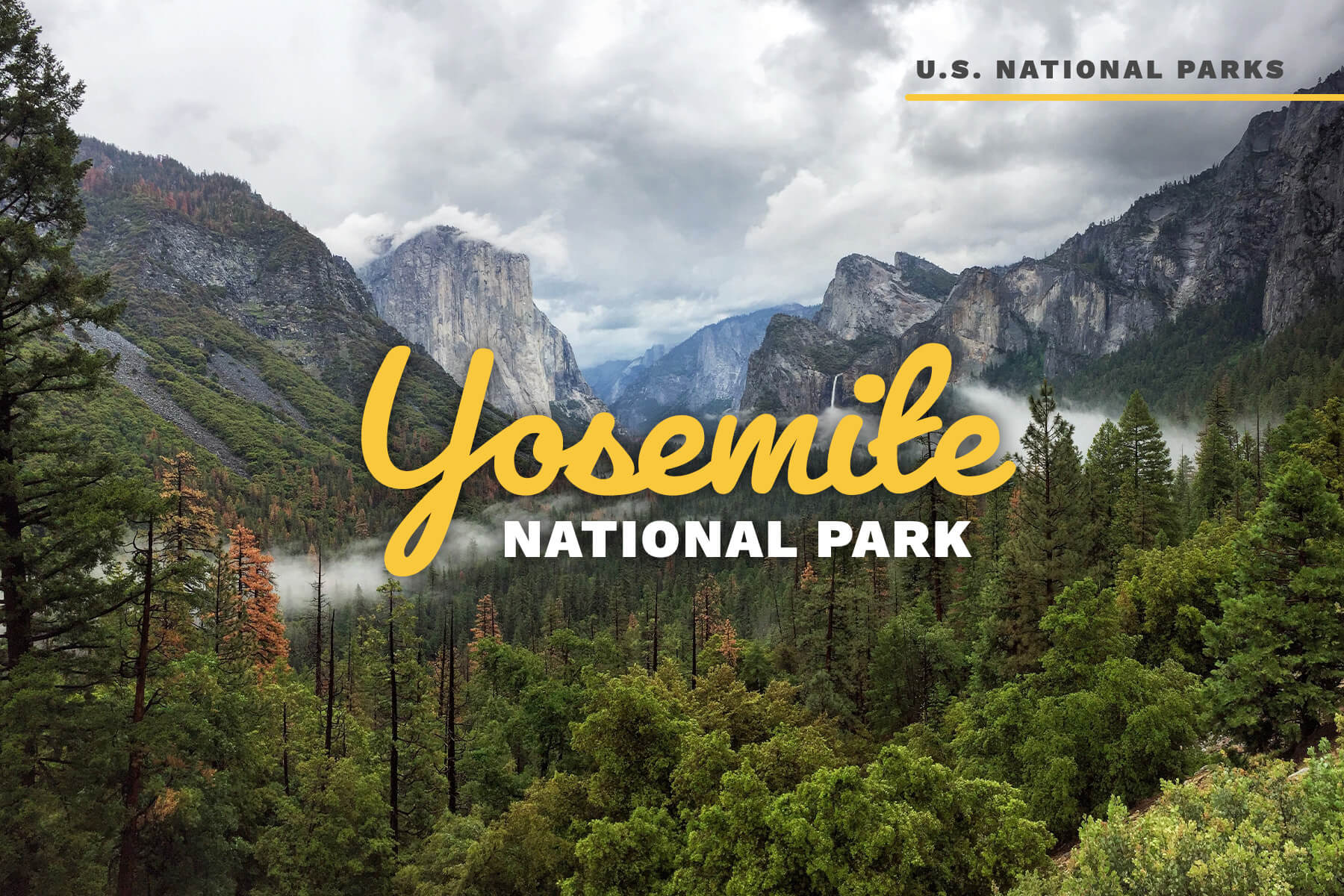
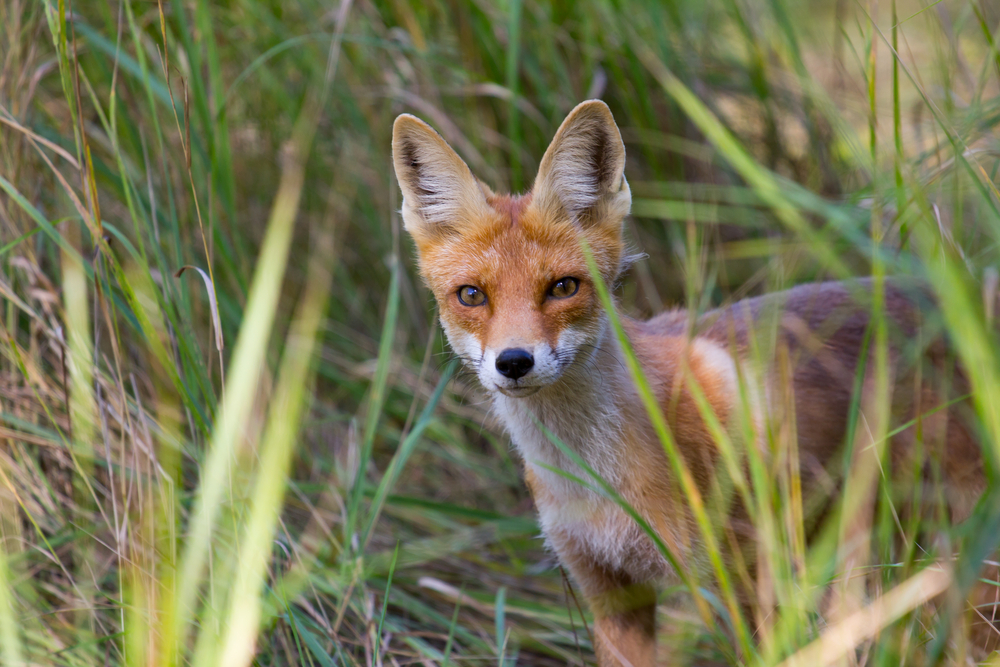
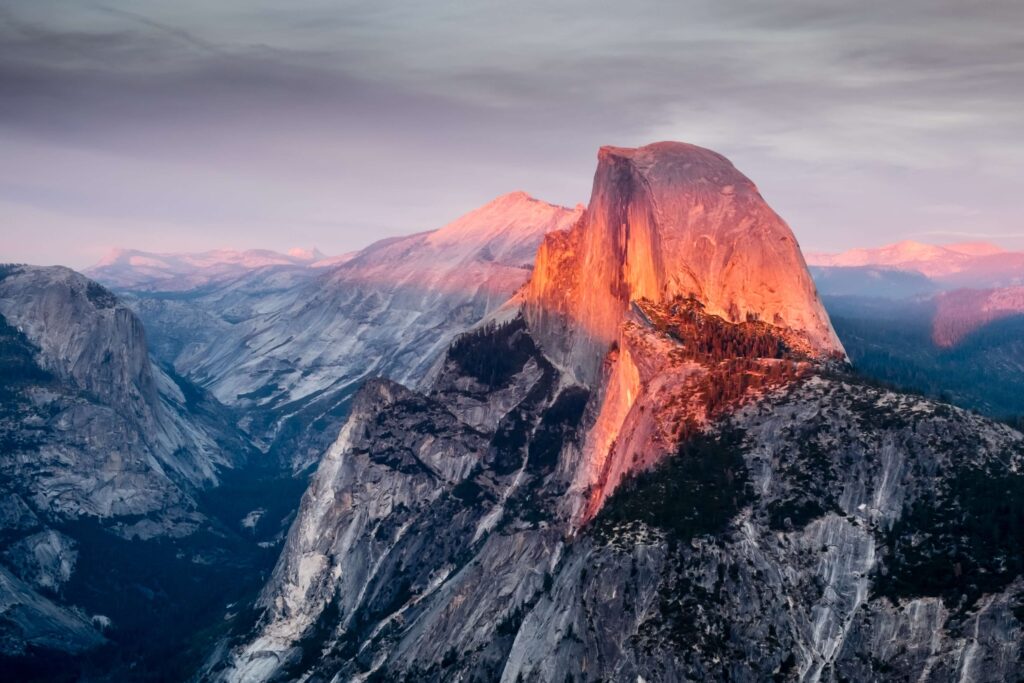
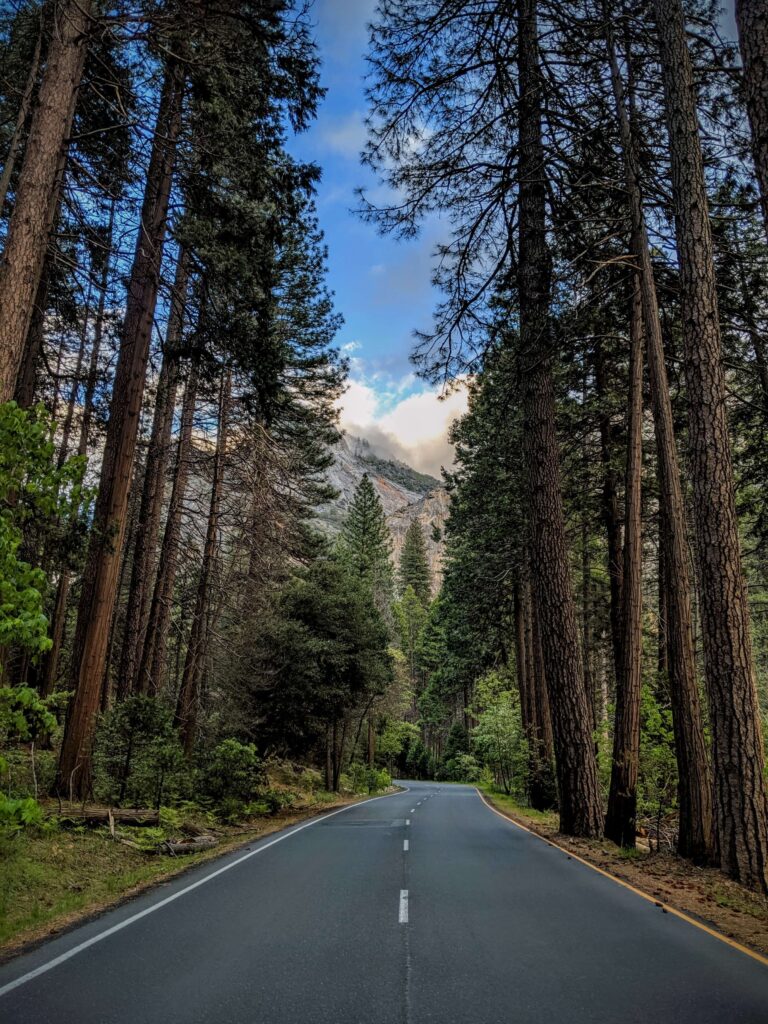
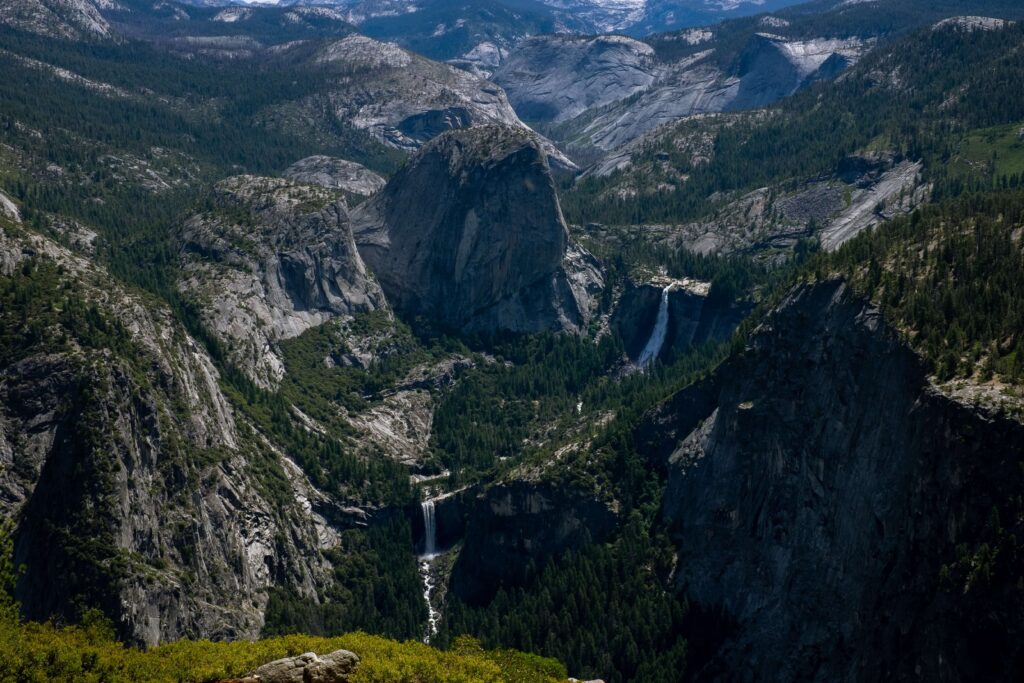
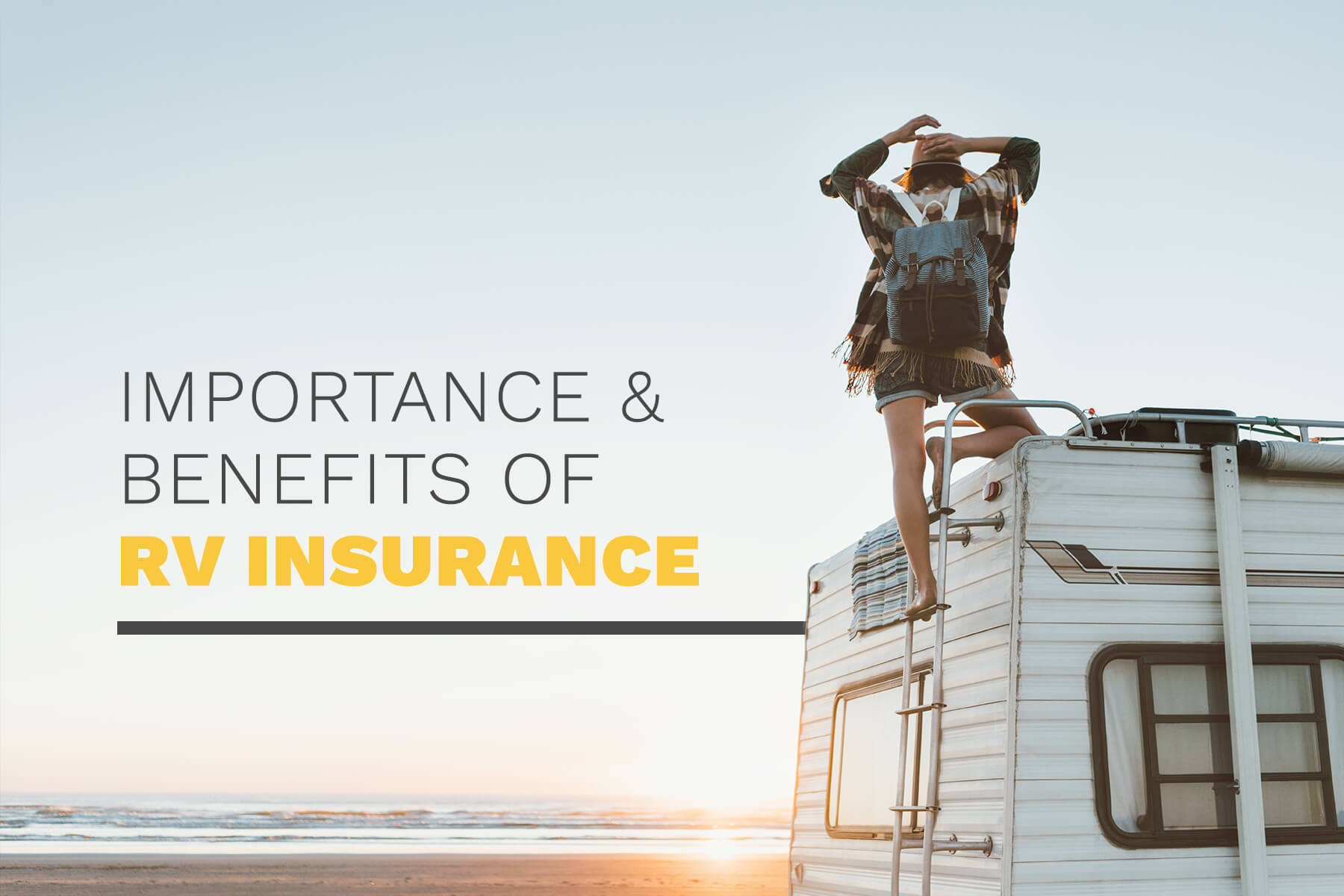
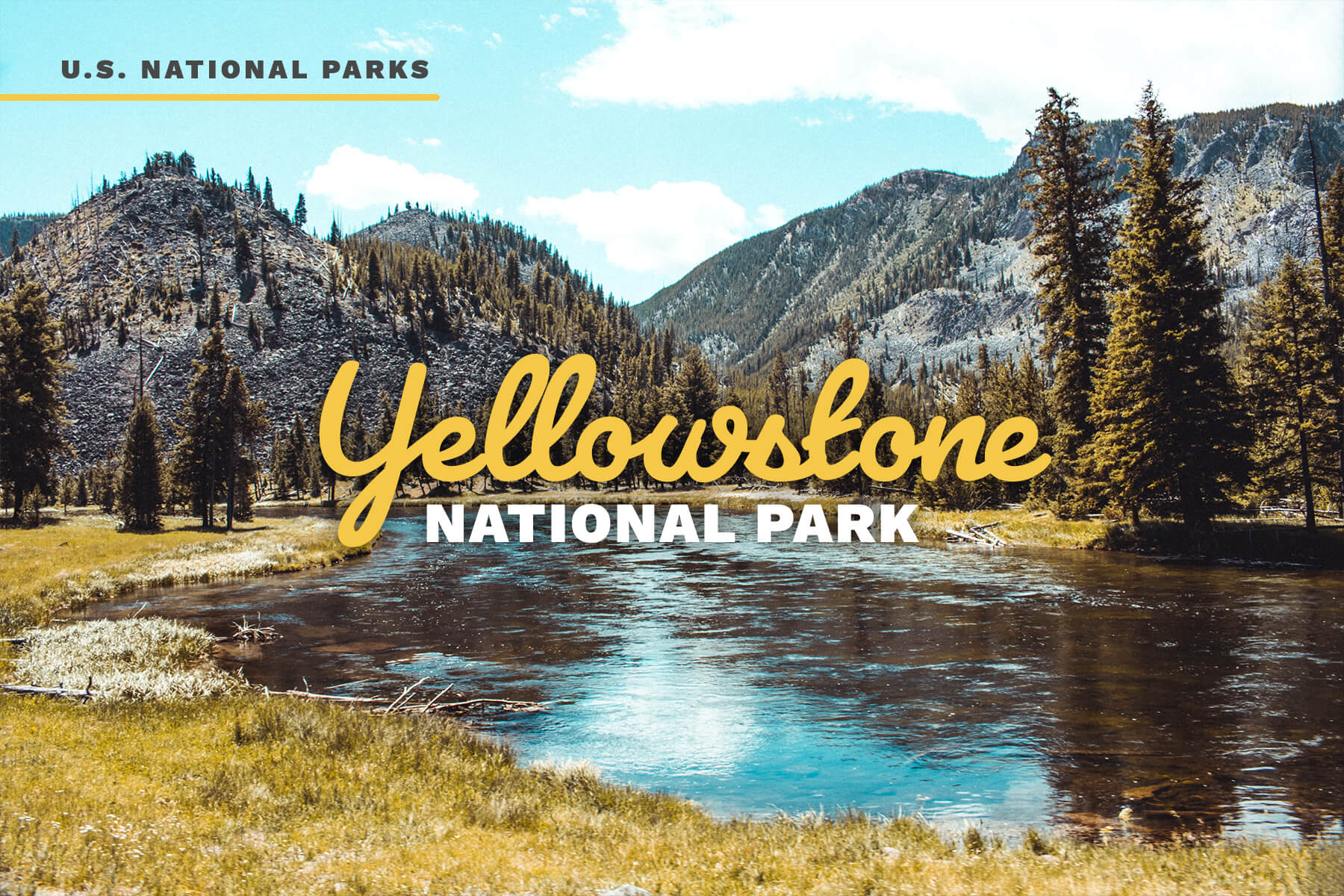
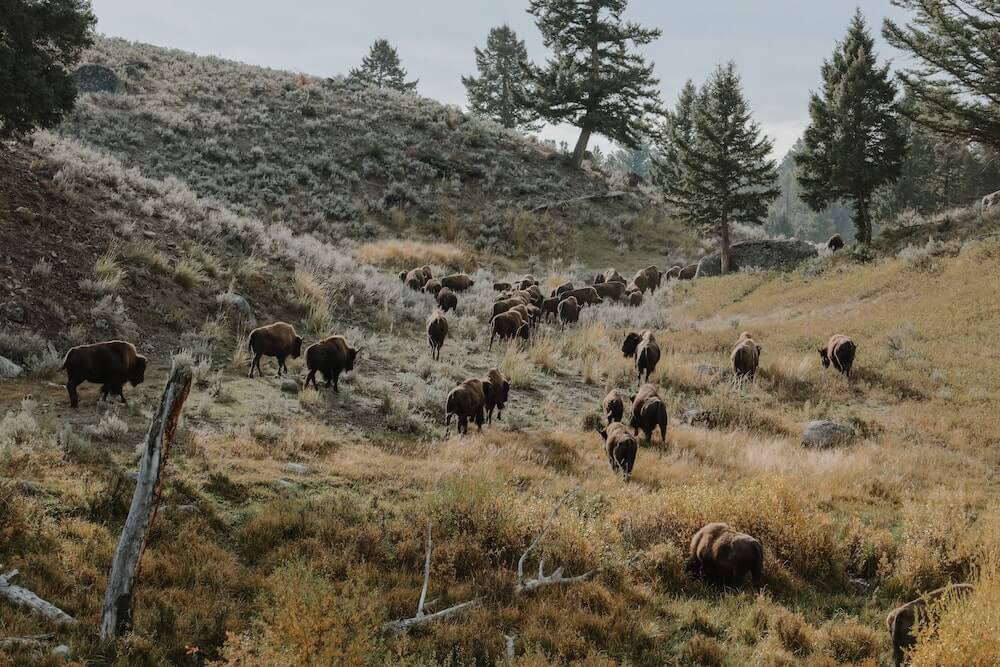
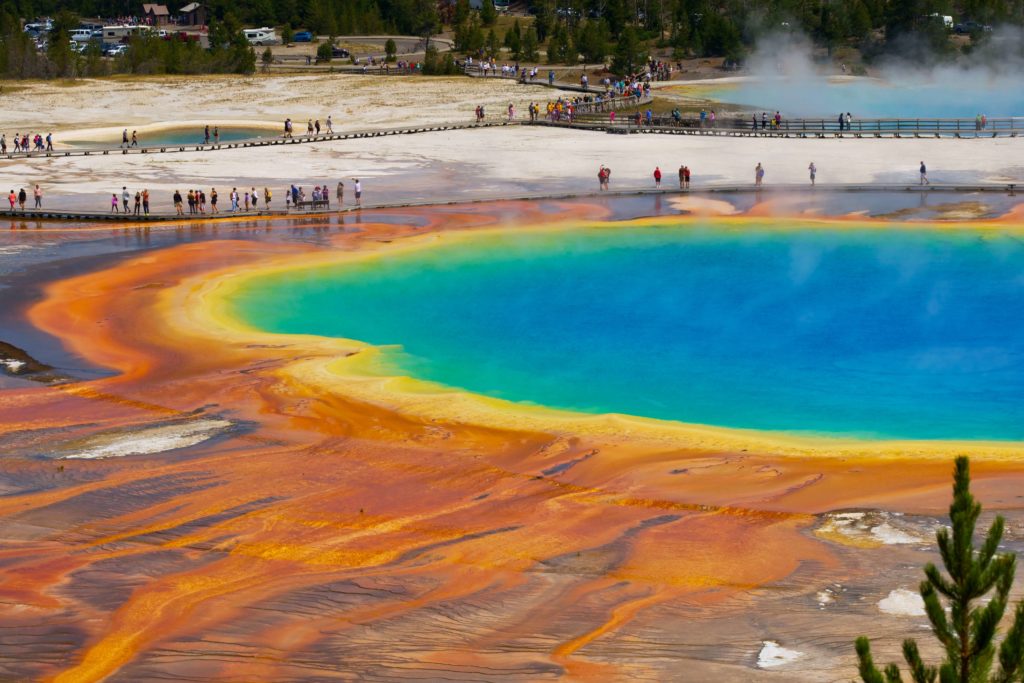
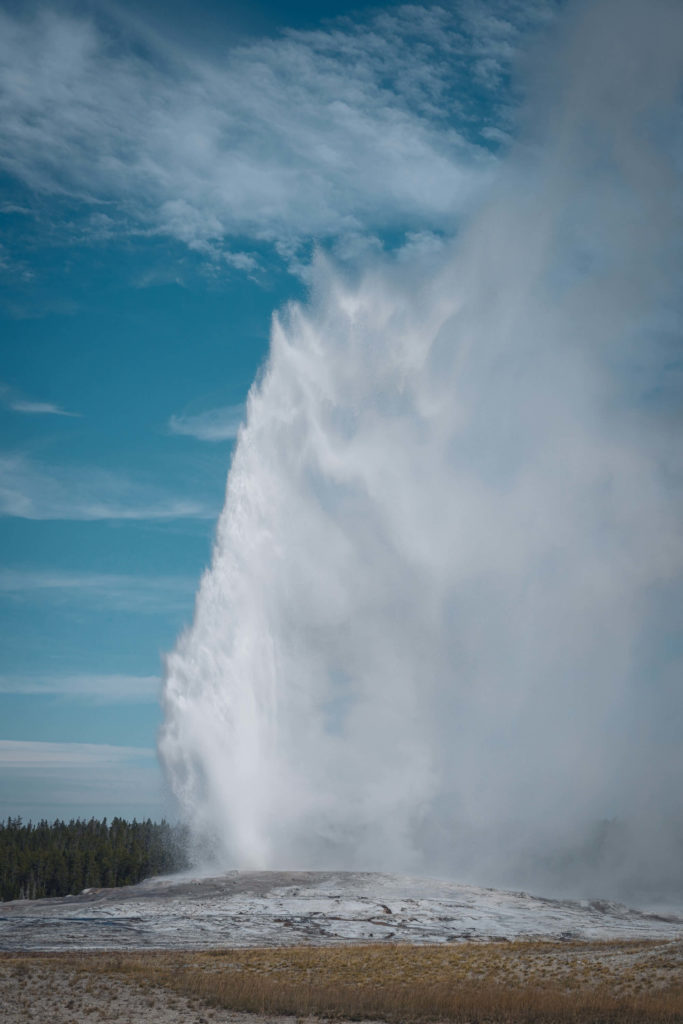
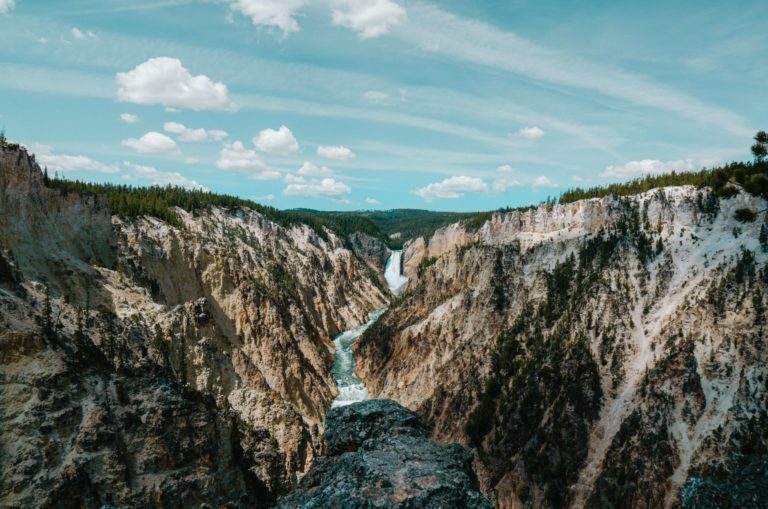
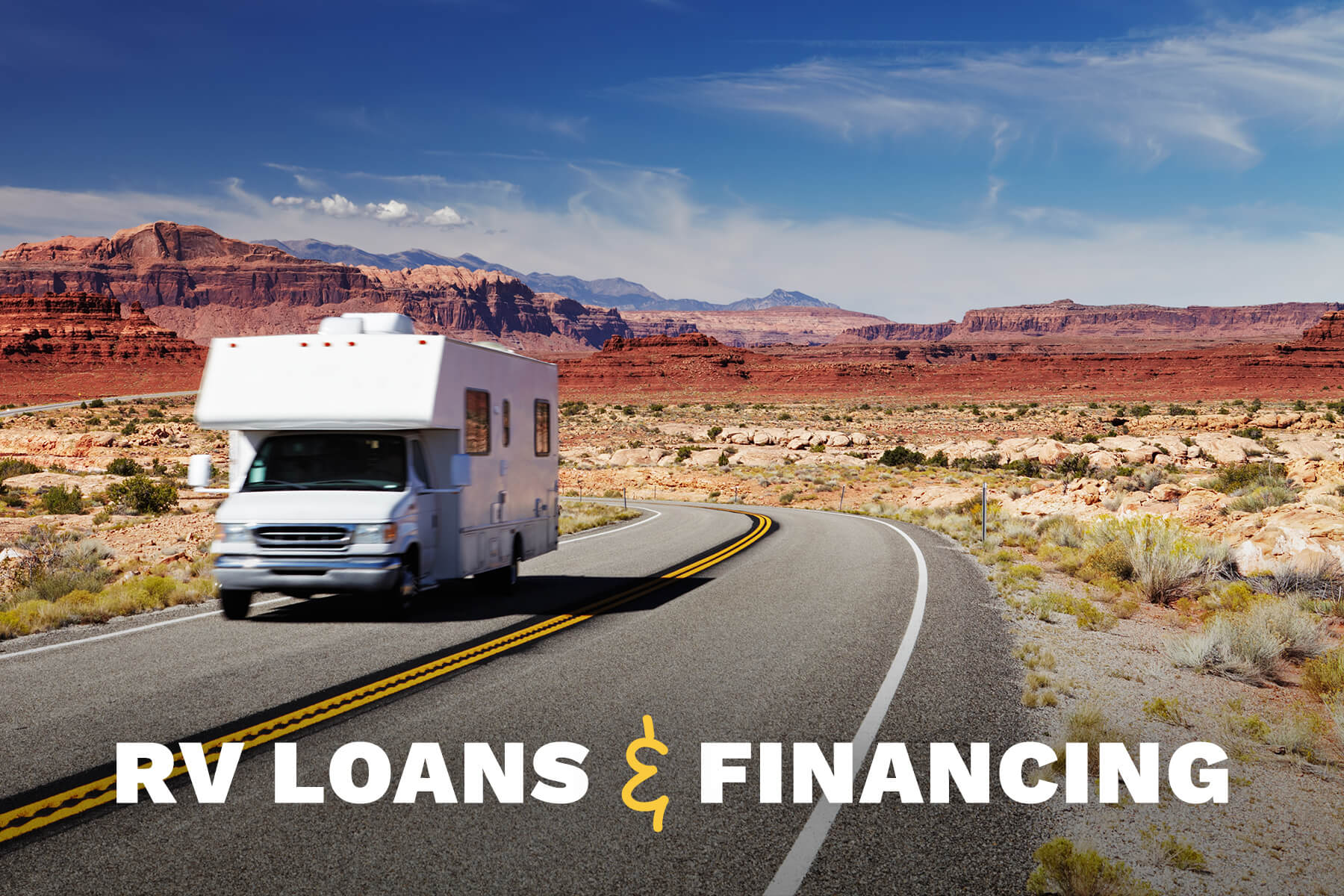
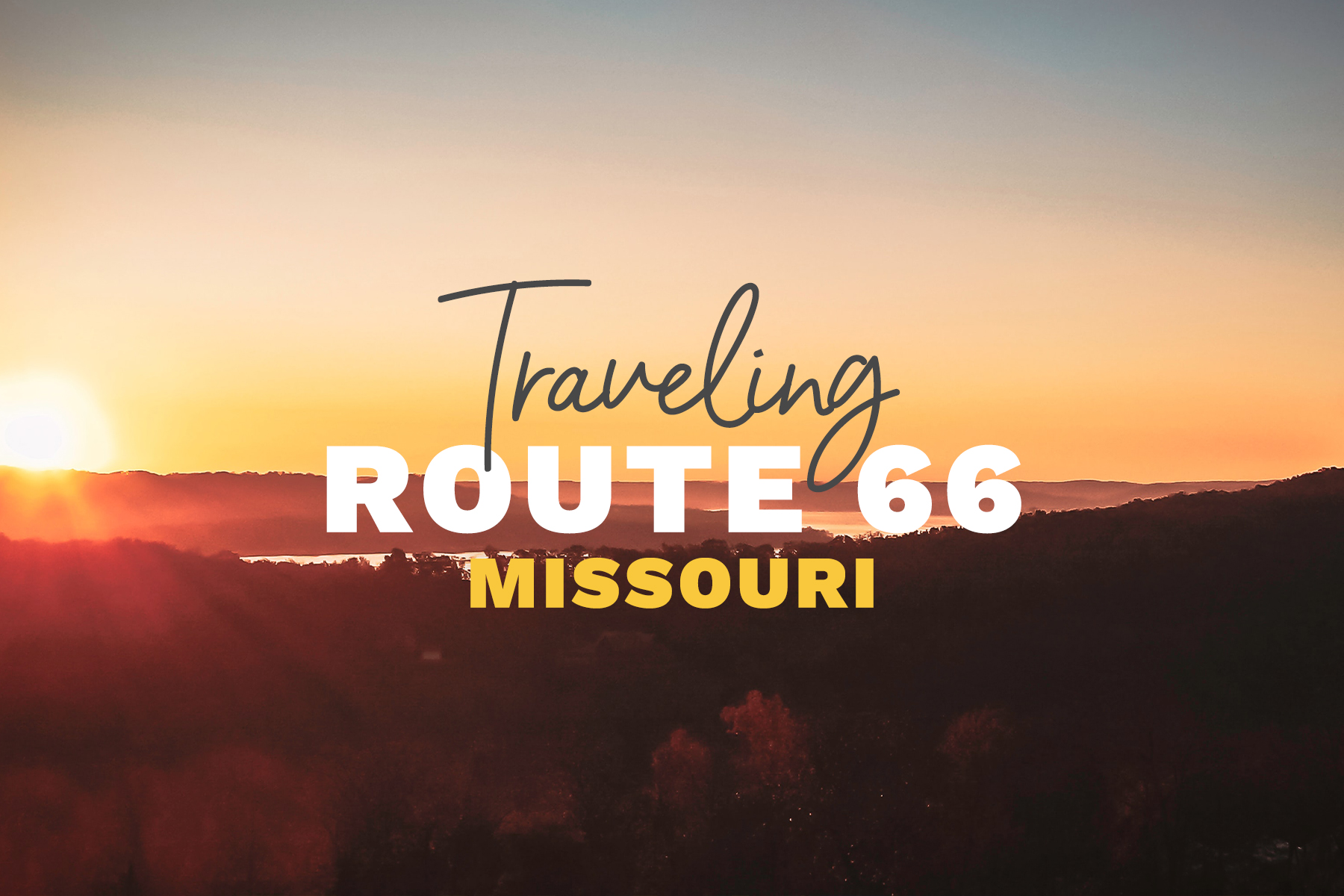
 Did you know that St. Louis is the largest city on Route 66 and that the Gateway Arch is America’s tallest monument? Well, you do now! There are many can’t-miss stops along the Mother Road in Missouri including a historic drive-in theater, unique museums, and stunning caverns. Next time you are taking a good ole’ midwestern road trip, be sure to stop at one or all of these Missouri travel spots.
Did you know that St. Louis is the largest city on Route 66 and that the Gateway Arch is America’s tallest monument? Well, you do now! There are many can’t-miss stops along the Mother Road in Missouri including a historic drive-in theater, unique museums, and stunning caverns. Next time you are taking a good ole’ midwestern road trip, be sure to stop at one or all of these Missouri travel spots. Gateway Arch
Gateway Arch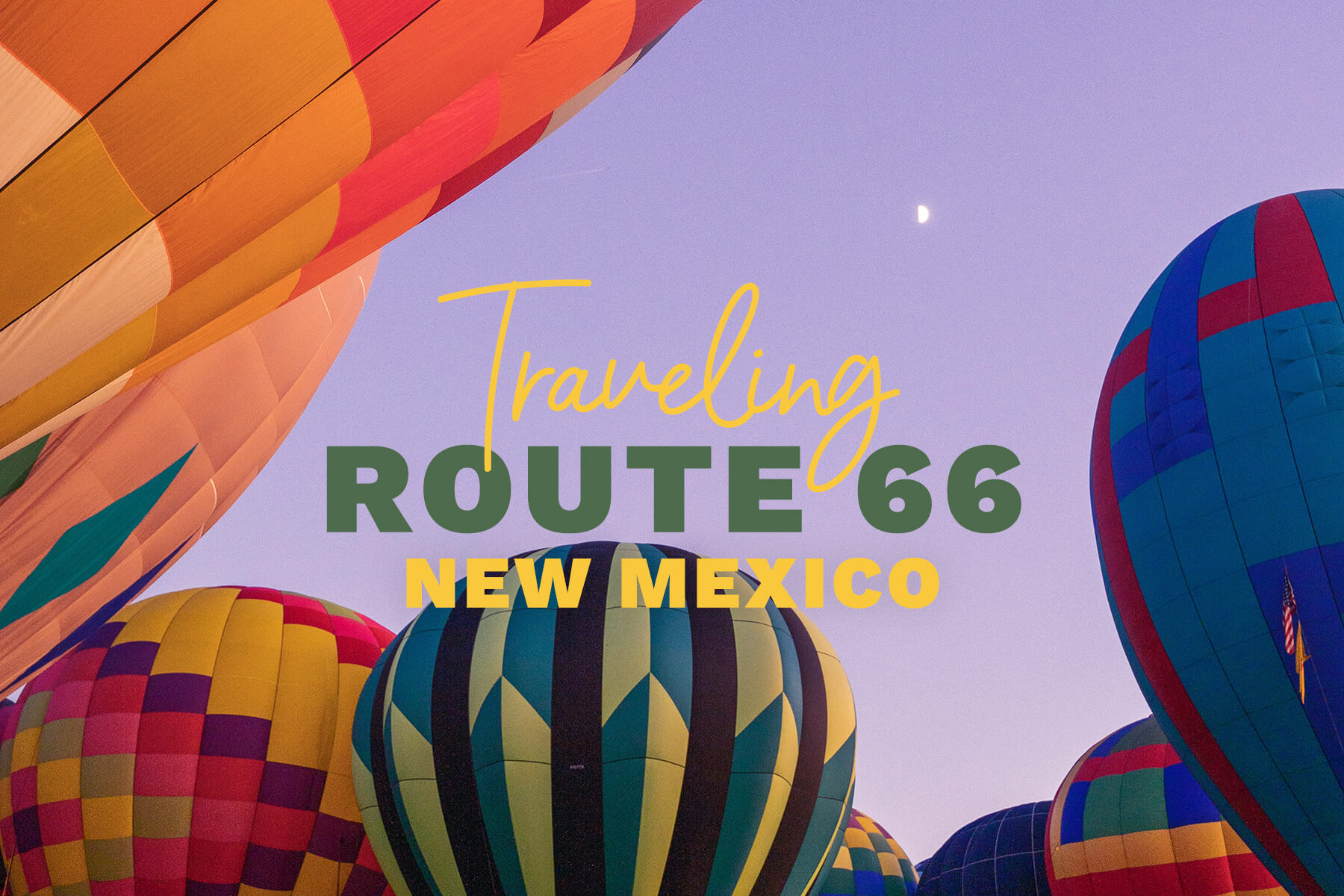

 Tucumcari Ranch Supply
Tucumcari Ranch Supply